“Canfield Roots” reveals the now largely forgotten story of how escaped slaves started new lives in rural Niagara
The village of Canfield lies about half an hour due west of Fenwick, out Canborough Road and Highway 3. There is little to distinguish the town these days—a cluster of houses lining the highway for about half a kilometre, no commerce to speak of, no real town centre or significant buildings to warrant a glance. Once it was a bustling community, hub of three rail lines, with hotels, banks, stores, a blacksmith shop, and many churches. At one time, it was also home to a large and vibrant Black community known as “Freedom Seekers,” escaped slaves from the United States, who settled there and made lives for themselves and their families. The 1851 census reveals that the Canfield population included 137 Black citizens; today there is not a single Black person left in the town.
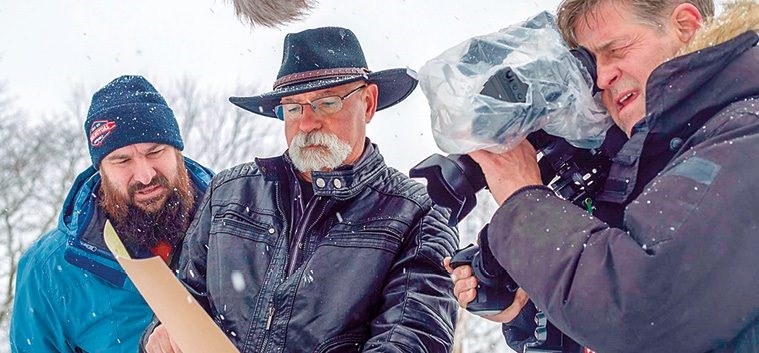
However, the Black history of Canfield has not been forgotten. A film series called “Canfield Roots,” produced and directed by Graeme Bachiu of Windecker Road Films, has recently debuted on Bell Fibe TV. The six-part documentary series traces the roots of the Black families who came north on the Underground Railroad and settled in and near Canfield, and through their descendants, now scattered across North America, recalls the community of Freedom Seekers and their families.
Spencer Martin kneels beside a fallen gravestone in an overgrown cluster of trees in the middle of a farm field just outside of Canfield. He brushes away the leaves and debris that obscure the stone and when the name Street is revealed, he murmurs, “This is my family. This is where I come from.” A direct descendant of the first escaped slaves to settle in Canfield, Martin is a retired civil servant who now lives in Toronto and has come to Canfield at the invitation of Graeme Bachiu to see the abandoned cemetery that forms the central metaphor in the “Canfield Roots” documentary. As the debris is scraped away, the full engraving on the stone is revealed: “David Street. Born October 20, 1850.” He is Martin’s great-great-grandfather, and the son of escaped slaves Stepaney and Lucy Street.
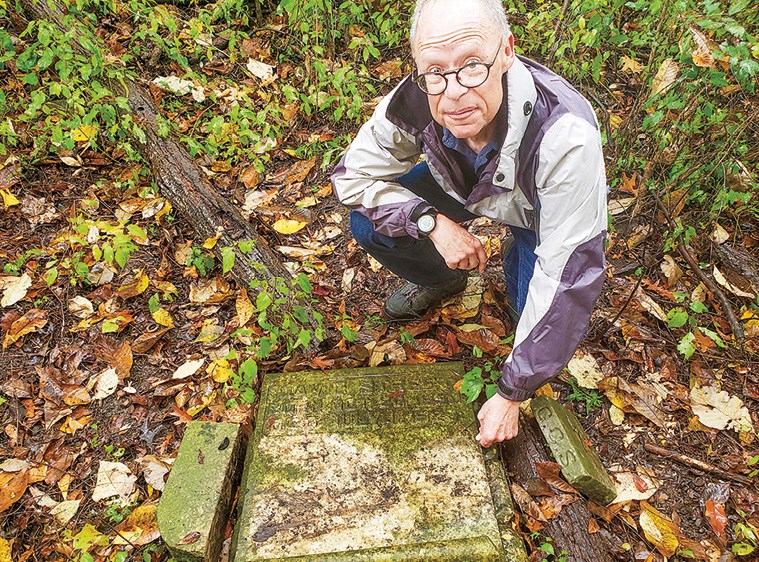
In 1841 at the age of 19, with her three children, Lucy Street fled her owner in West Virginia and made her way north on the Underground Railroad, crossing Lake Erie to Port Abino and eventually making her way to St. Catharines. The Black community in St. Catharines was well established under the leadership of the famous Harriet Tubman, and Lucy was taken into that community until she could locate her husband. Stepaney Street was owned by a different farmer in West Virginia and had escaped a few weeks before Lucy, when he found he was about to be sold and moved away from his family. He crossed the border in Windsor and came to St. Catharines when he learned that was where they were.
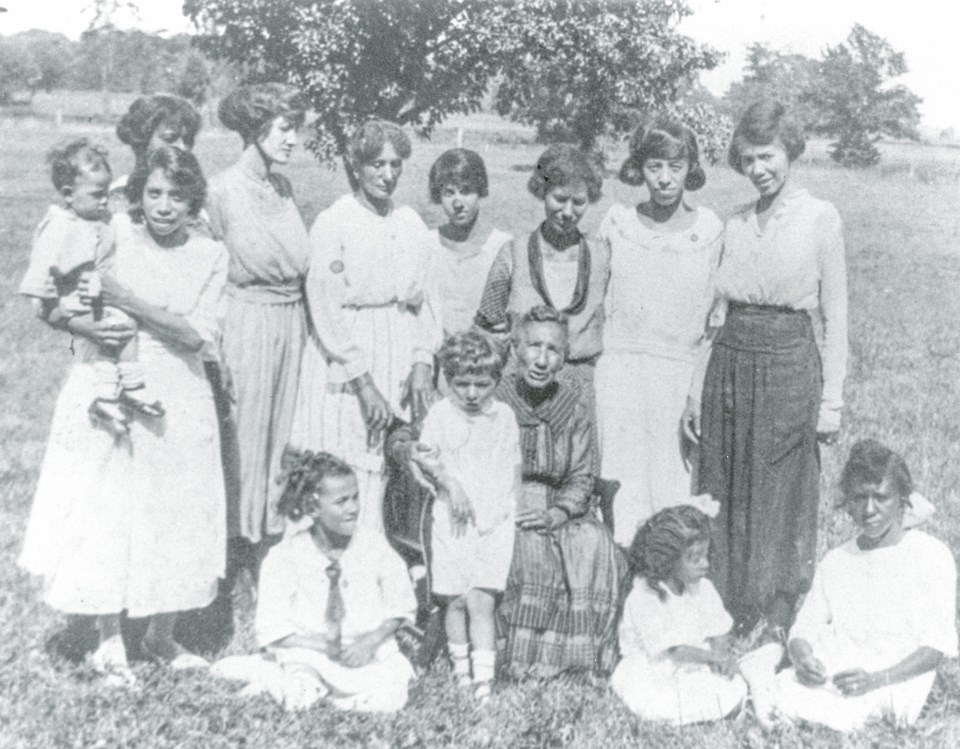
The Streets eventually moved to Canfield, had 13 children, and became stalwarts of the Black community there, building a church on their property and providing the land for the small cemetery. The Harper and Barnes, Duncan and Williams families joined and intermarried with the Streets and all are represented on the broken and sunken gravestones in the little derelict graveyard. Asked why Canfield became a destination for escaped slaves, Spencer Martin has a ready explanation.
“Close to the border the bounty hunters and slave catchers operated,” he says. “Many fled inland to find safety and cheaper land.”
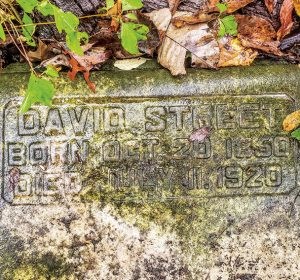
Martin and his relatives, though now scattered across North America, have been aware of their connection to Canfield all their lives. Martin’s cousin, Aileen Duncan, recalls driving with her grandfather out to Canfield from their home in Hamilton to visit relatives and some of the properties that were important to the Black community of the area. Her grandfather’s great- grandmother was Lucy Street. The cemetery where Lucy and her children and relatives are buried has become a rallying point for their descendants, and Graeme Bachiu’s video documents their concerns and recent efforts to have it recognized and preserved.
Like many early cemeteries, this one is on private land and depends on the landowner to provide access and upkeep. While the Bereavement Authority of Ontario legally requires landowners to maintain such graveyards and provide reasonable access to relatives of those buried there, there are literally hundreds of such forgotten and abandoned cemeteries in rural parts of Ontario. Many landowners are concerned about trespassing and liability, so are happy to let the gravestones gradually sink into the ground and the plots disappear into the brush. Some have even destroyed or moved the gravestones to prevent any recognition of the site. Now that the historical importance of this cemetery is being recognized, Lucy Street’s descendants are hopeful that Haldimand County will acquire the property from the farmer who presently owns it and make provision for it to be recognized as historically significant. Martin echoes the feelings of many of the descendants when he says, “I’d like to see it somewhat restored and preserved within a natural setting, a peaceful place to remember our ancestors.” Others have suggested that a plaque outlining its importance as a historic site be erected, but that the site be set aside as a quiet place for contemplation and reflection.
When I left Canfield, I took off those labels and threw them out the door
There is an historic plaque in the Canfield Community Cemetery that recognizes the presence of the Black Freedom Seekers and their descendants. It reads in part, “This small community was a safe haven which welcomed the Blacks with respect, compassion and acceptance.”
While this seems to have been true for the most part, and there are Black children among the photos taken through the years at local schools, the last Black person to live in Canfield left for Toronto and eventually the United States to escape a childhood that left her scarred. Betty Ann Newman says that growing up in Canfield she and her brother were the only two Black students in their schools and their road was not easy.
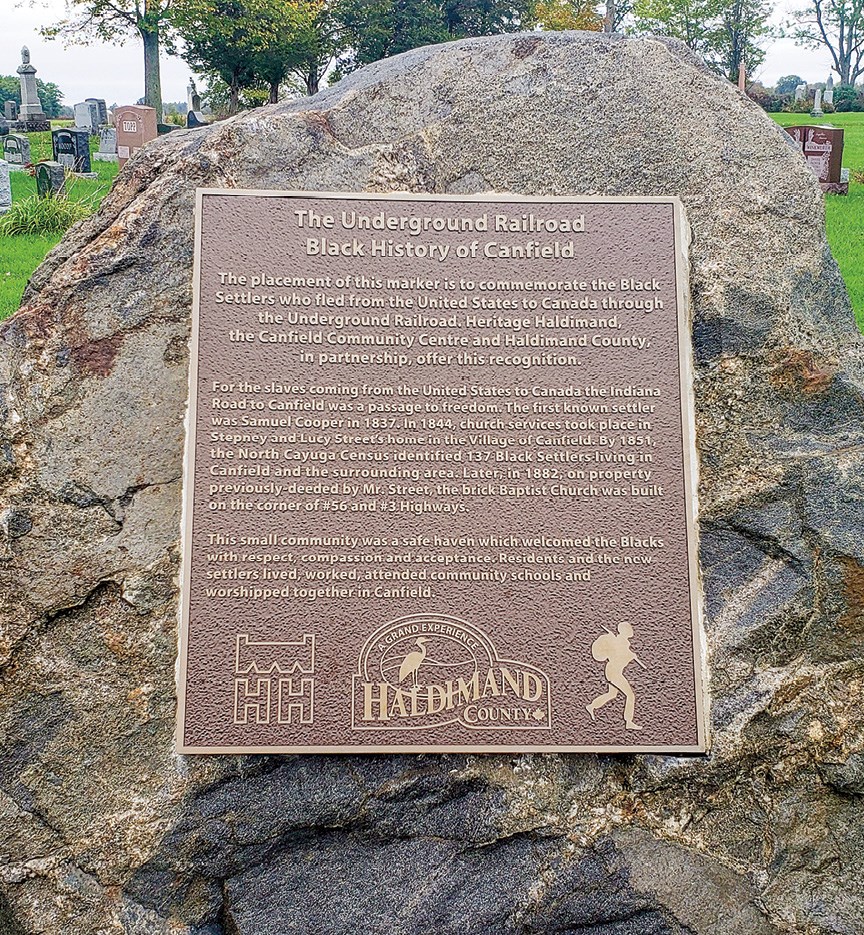
“When I left Canfield, I took off those labels and threw them out the door,” she says, referring to the “coloured” and “Negro” terms that were common. “I became Heinz 57.”
The road adjacent to the cemetery is marked on old maps and is still known among older residents of Canfield as “Darkey Road.” For many of the offspring of the Freedom Seekers, the hardest part of growing up in small Ontario communities was being ashamed of who they were. The descendants of Lucy Street and the other Black settlers in and around Canfield are now in the process of reclaiming pride in their heritage.
Graeme Bachiu became interested in Canfield’s Black history when he bought a decommissioned church nearby and asked local historian, Sylvia Weaver, about the history of his new home.
“She came over and we talked about the church for about 20 minutes,” he recalls. “But then she told me about the history of the Black community, and we talked for two hours.” The video project has taken three years to research, script, shoot, and edit, and the six-part production is clearly a labour of love for Bachiu. “Taking an empathetic point of view and getting close to the subjects takes time,” he says.
Bachiu is a graduate of the Broadcast: Radio, Television, Film Program at Niagara College. He worked for CHCH-TV in Hamilton until 2015, when he decided to launch Windecker Road Films and produce documentaries and “branded docs” (promotional films) that help to pay his bills. He intends to produce a one-hour version of Canfield Roots for other media outlets and to enter film festivals.
In the course of researching “Canfield Roots,” Bachiu says, “I came across enough material, enough stories for a dozen documentaries.”
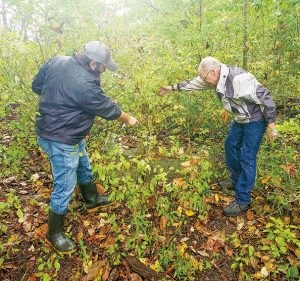
For example, one of those buried in the little cemetery is the niece of Harriet Tubman, Carrie Stevens. Another is Charity Street, daughter of Lucy Street. Charity married William Harper and their son was William A. Harper, a renowned artist whose paintings hang in the Metropolitan Museum of Art in New York. The only Black student at the Chicago School of Art, he put himself through school by working as the school janitor. Another Canfield descendant, Harry Lee, was the last man to be hanged at Hamilton’s Barton Street jail. Executed for the murder of his girlfriend, a member of the synagogue where he was a caretaker, he protested his innocence to the end. Subsequent investigative articles in the Hamilton Spectator give credence to his claims and reveal that racism was certainly a factor in the rush to find him guilty. Bachiu says there are many other untold stories that are gradually being discovered as the Canfield community begins to recall its past.
Graeme Bachiu’s video series has shed light on the little-known part the Black Freedom Seekers played in rural Niagara history, and it has already had impact. The little abandoned cemetery in a farm field on the outskirts of Canfield is now in the process of being acquired by Haldimand County, so there is a sense of hope that the site will become a memorial to the brave men and women who endured incredible hardship to escape slavery, made their way to Canada, settled in Canfield, and provided their families and descendants with a heritage worthy of remembrance. ◆
Postscript
After this story was written, further investigation at the abandoned cemetery near Canfield uncovered the grave of Stepney Street, the first person to be buried in the cemetery located on land that he and his family donated for the remains of the Black residents of the community. Lucy Street’s grave has not yet been located, but descendants are hopeful that the discovery of Stepney’s headstone will lead them to find her resting place as well.
[Corrected 22 Dec 21 to clarify who were the parents of the painter William A. Harper.]

